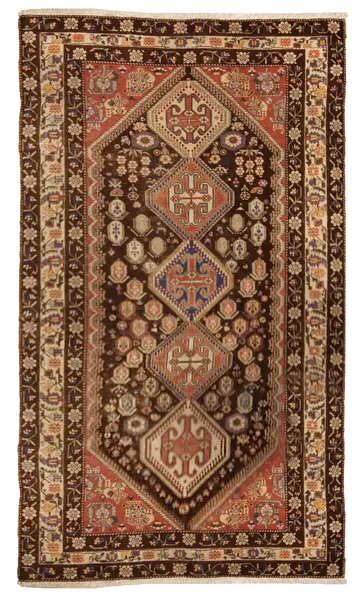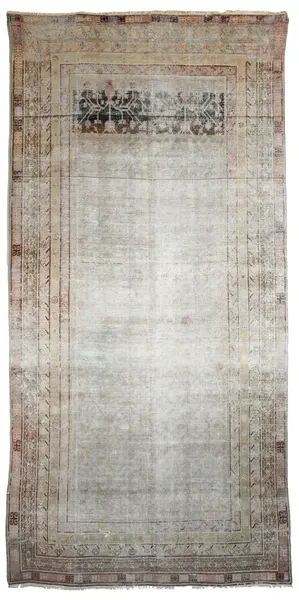antique samarkand
Rich in cultural heritage, Samarkand rugs are known for their intricate designs and exceptional craftsmanship. These handwoven pieces, inspired by centuries-old weaving traditions from Central Asia, reflect a unique fusion of Persian, Chinese, and Turkic artistry.
At Woven, our collection of Samarkand carpets showcases elegant medallion motifs, geometric patterns, and soft, muted tones that complement both contemporary and traditional interiors. Each Samarkand rug is crafted using high-quality wool and natural dyes, ensuring a depth of character and durability that stands the test of time.
For those seeking a bold statement or a refined accent, these handcrafted pieces bring warmth and sophistication to any space. The balanced compositions and time-honored weaving techniques behind our Samarkand carpets and rugs make them a striking yet versatile addition to living rooms, dining areas, and open-plan interiors.
Blending heritage with artistry, every rug in this collection is a reflection of skilled craftsmanship and enduring quality. Discover Woven’s carefully curated selection of Samarkand carpets and rugs and bring an authentic touch of history and elegance into your home.


